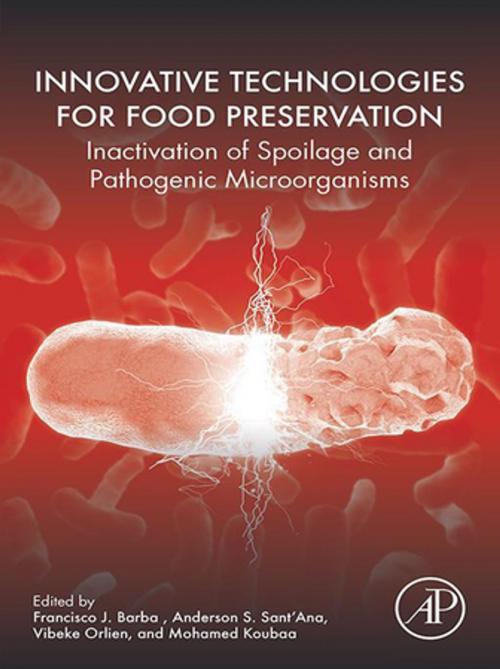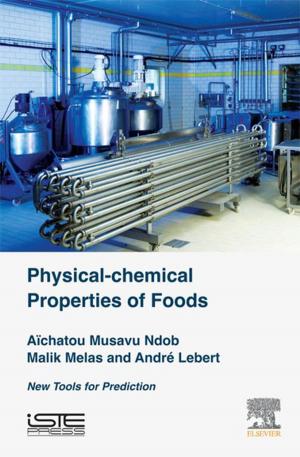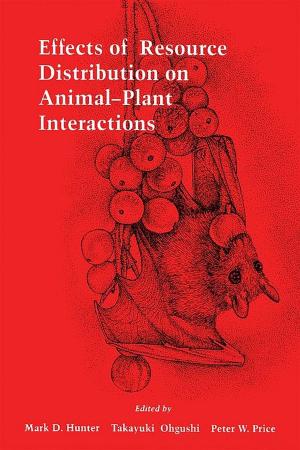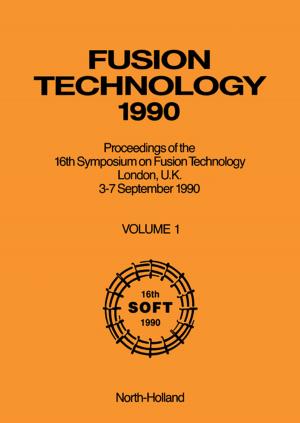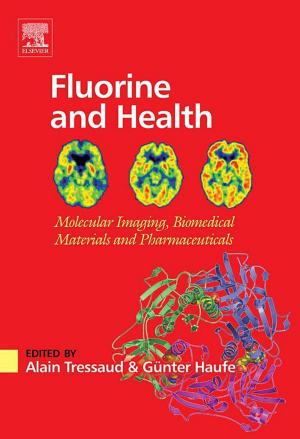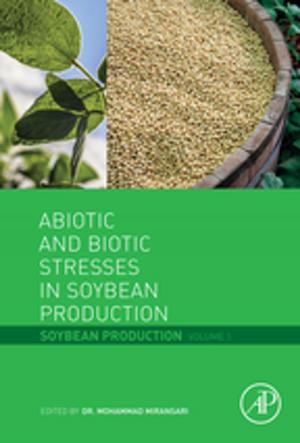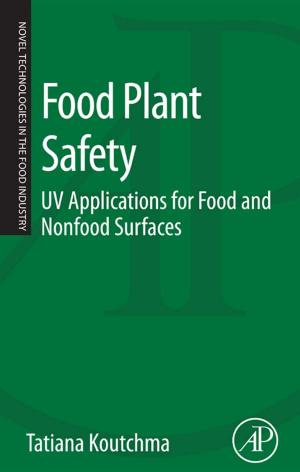Innovative Technologies for Food Preservation
Inactivation of Spoilage and Pathogenic Microorganisms
Nonfiction, Science & Nature, Technology, Food Industry & Science| Author: | ISBN: | 9780128110324 | |
| Publisher: | Elsevier Science | Publication: | September 21, 2017 |
| Imprint: | Academic Press | Language: | English |
| Author: | |
| ISBN: | 9780128110324 |
| Publisher: | Elsevier Science |
| Publication: | September 21, 2017 |
| Imprint: | Academic Press |
| Language: | English |
Innovative Technologies for Food Preservation: Inactivation of Spoilage and Pathogenic Microorganisms covers the latest advances in non-thermal processing, including mechanical processes (such as high pressure processing, high pressure homogenization, high hydrodynamic pressure processing, pressurized fluids); electromagnetic technologies (like pulsed electric fields, high voltage electrical discharges, Ohmic heating, chemical electrolysis, microwaves, radiofrequency, cold plasma, UV-light); acoustic technologies (ultrasound, shockwaves); innovative chemical processing technologies (ozone, chlorine dioxide, electrolysis, oxidized water) and others like membrane filtration and dense phase CO2. The title also focuses on understanding the effects of such processing technologies on inactivation of the most relevant pathogenic and spoilage microorganisms to ensure food safety and stability.
Over the course of the 20th century, the interest and demand for the development and application of new food preservation methods has increased significantly. The research in the last 50 years has produced various innovative food processing technologies and the use of new technologies for inactivation of spoilage and/or pathogenic microorganisms will depend on several factors. At this stage of development there is a need to better understand the mechanisms that govern microbial inactivation as induced by new and innovative processing technologies, as well as suitable and effective conditions for inactivating the microorganism.
- Serves as a summary of relevant spoilage and pathogenic microorganisms for different foods as influenced by the application of innovative technologies for their preservation
- Provides readers with an in-depth understanding on how effective innovative processing technologies are for controlling spoilage and pathogenic microorganisms in different foods
- Integrates concepts in order to find the optimum conditions for microbial inactivation and preservation of major and minor food compounds
Innovative Technologies for Food Preservation: Inactivation of Spoilage and Pathogenic Microorganisms covers the latest advances in non-thermal processing, including mechanical processes (such as high pressure processing, high pressure homogenization, high hydrodynamic pressure processing, pressurized fluids); electromagnetic technologies (like pulsed electric fields, high voltage electrical discharges, Ohmic heating, chemical electrolysis, microwaves, radiofrequency, cold plasma, UV-light); acoustic technologies (ultrasound, shockwaves); innovative chemical processing technologies (ozone, chlorine dioxide, electrolysis, oxidized water) and others like membrane filtration and dense phase CO2. The title also focuses on understanding the effects of such processing technologies on inactivation of the most relevant pathogenic and spoilage microorganisms to ensure food safety and stability.
Over the course of the 20th century, the interest and demand for the development and application of new food preservation methods has increased significantly. The research in the last 50 years has produced various innovative food processing technologies and the use of new technologies for inactivation of spoilage and/or pathogenic microorganisms will depend on several factors. At this stage of development there is a need to better understand the mechanisms that govern microbial inactivation as induced by new and innovative processing technologies, as well as suitable and effective conditions for inactivating the microorganism.
- Serves as a summary of relevant spoilage and pathogenic microorganisms for different foods as influenced by the application of innovative technologies for their preservation
- Provides readers with an in-depth understanding on how effective innovative processing technologies are for controlling spoilage and pathogenic microorganisms in different foods
- Integrates concepts in order to find the optimum conditions for microbial inactivation and preservation of major and minor food compounds
